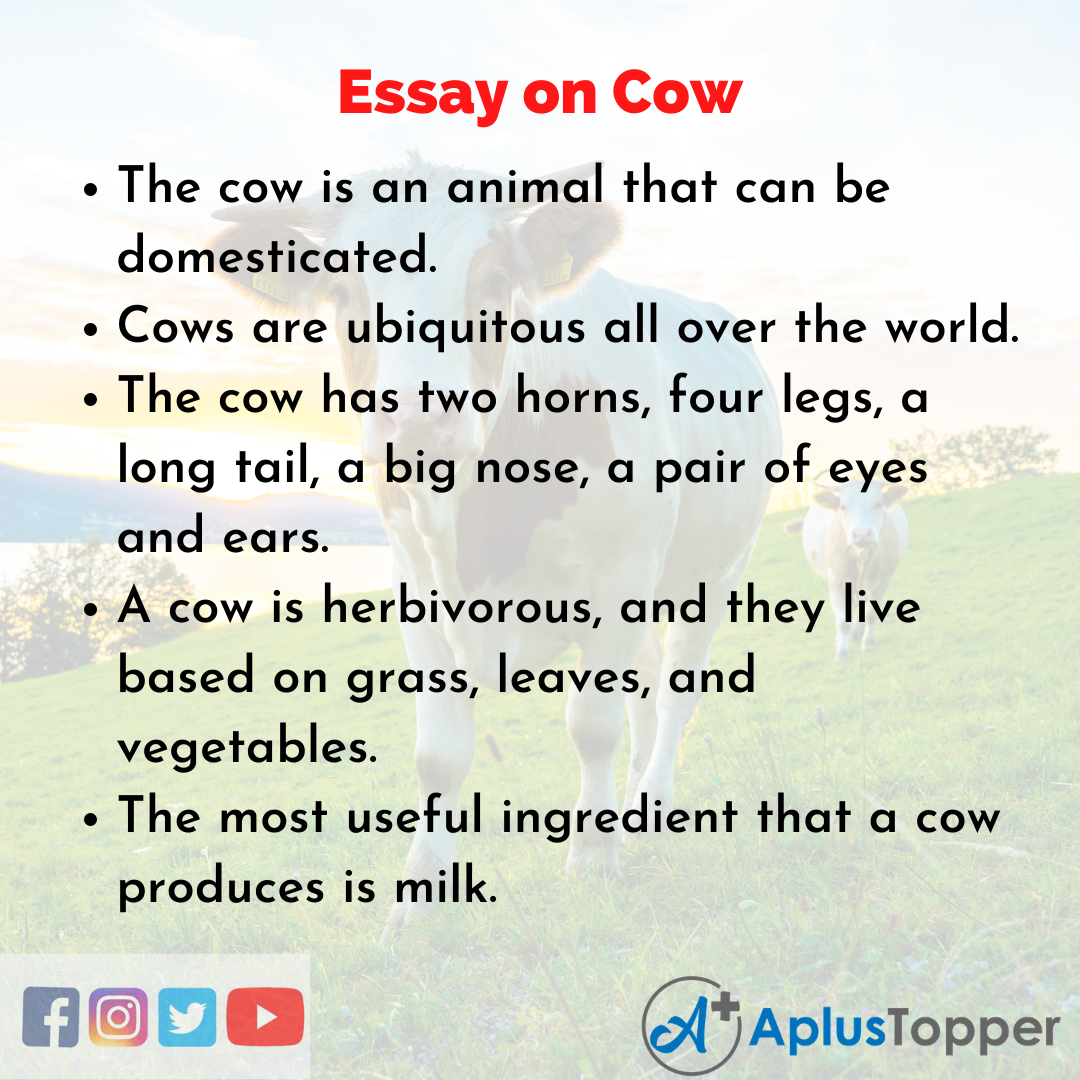Cows have long captured the human imagination, symbolizing various cultural and agricultural aspects around the globe. When tasked with crafting a thoughtful essay on cows, several key components come into play that can elevate the piece beyond mere description. A well-structured essay should include an introduction, historical context, biological characteristics, cultural significance, ethical considerations, and potential solutions to the challenges faced by this majestic creature.
To begin, a compelling introduction sets the tone for the entire essay. This section should succinctly outline the fundamental premise and the importance of the topic. For instance, one might start with a captivating fact about cows, such as their highly developed social structures or their role in sustaining human civilization through agriculture. This immediately engages the reader and establishes a framework for further discussion.
Following the introduction, a section dedicated to the historical context of cows offers a panoramic view of their evolution alongside humanity. From early domestication to contemporary dairy farming, their journey is intertwined with human agricultural advancements. Highlighting pivotal moments in this history, such as the shift from nomadic herding to settled farming, can provide readers with a sense of the significance of cows in shaping societies. This contextual background not only enriches the understanding of the species but also prepares the reader for the ensuing discussions on their biological and cultural relevance.
The biological characteristics of cows are intrinsically fascinating and can serve as the next focal point of the essay. In this section, detailing their classifications within the animal kingdom, various breeds, and their remarkable traits—such as their digestive systems that allow for efficient nutrient absorption—can certainly captivate an audience. Discussing the unique characteristics of different breeds, for example, the Holstein’s notable milk production versus the Angus’ meat quality, adds a layer of specificity that enhances the overall richness of the content.
Transitioning from biology to culture, it is essential to explore the cultural significance of cows across different societies. In numerous religions, particularly Hinduism, cows are revered as sacred symbols representing life and fertility. This reverence can create a connection with readers who may not have previously considered the symbolic role of cows in various belief systems. Additionally, discussing regional practices, such as the festival of Pongal in Tamil Nadu, India, where cows are celebrated for their contribution to sustenance, emphasizes their integral role within cultural contexts.
However, an objective essay on cows should not shy away from delving into ethical considerations surrounding their treatment and welfare. This segment can discuss issues such as factory farming, animal cruelty, and their implications for ecological balance. Highlighting the stark contrast between traditional farming practices and modern industrial methods provides a nuanced perspective that prompts critical thinking among readers. Examining statistics related to the living conditions of cows, alongside personal anecdotes from activists or farmers dedicated to humane practices, can evoke emotional responses that galvanize understanding and empathy.
Moreover, discussing the environmental impact of cow farming is crucial. Cows contribute significantly to greenhouse gas emissions and deforestation, raising pressing questions about sustainability. Providing potential solutions, including promoting plant-based diets or supporting regenerative farming practices, can empower readers to contemplate their dietary choices and their broader ecological implications. This segment not only enhances the reader’s knowledge but also encourages proactive engagement with the issue.
In conclusion, while an essay on cows can touch upon their biological, cultural, and ethical dimensions, it is the blend of these elements that creates a well-rounded narrative. Each component serves to inform, engage, and provoke thought. Readers should come away from the essay with a deeper appreciation for cows, viewing them not merely as livestock but as companions in the shared journey of life with humanity. The essay ought to inspire a dialogue about how we perceive and treat these animals, advocating for a more compassionate coexistence. Ultimately, the structure and content choices reflect a thoughtful investigation into the multifaceted relationship humans have with cows, urging a reconsideration of our collective responsibilities.










